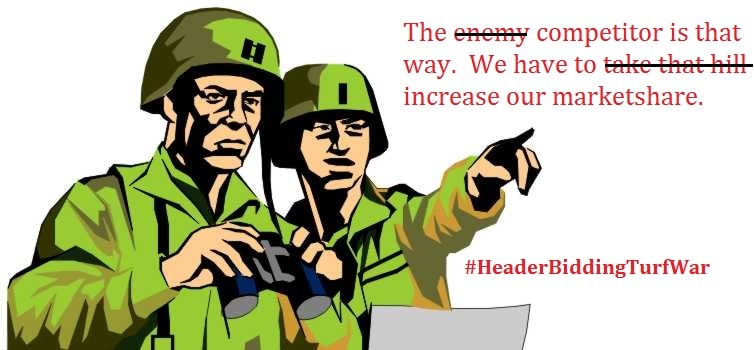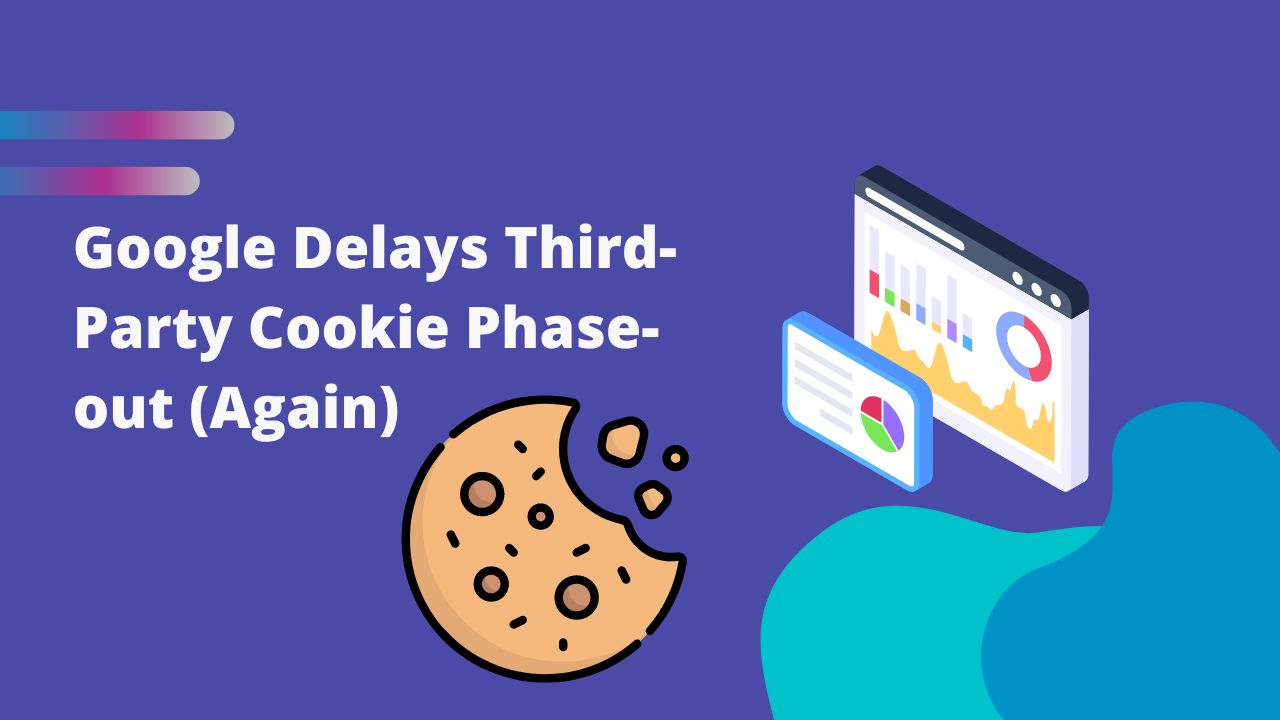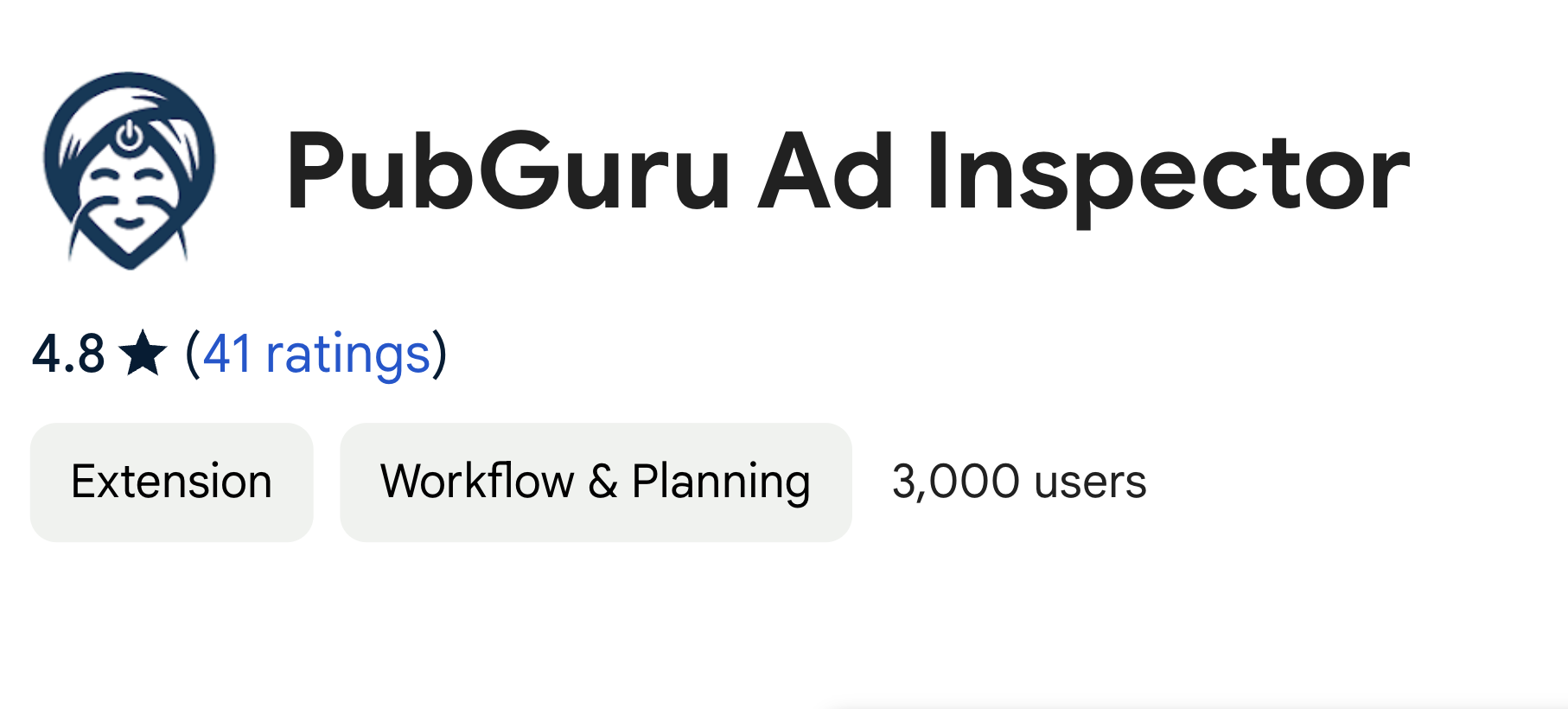
This post was most recently updated on September 5th, 2019
Since the dawn of Google AdSense until about 2015, there was no question who owned the display ad auction. The combo of Google AdWords and AdSense had established a stronghold within the online advertising industry. Once legitimate AdSense alternatives started popping up, publishers became more sophisticated and started using ad servers like OpenX, AdTech, and DoubleClick. Google followed this up by making a smart strategic move by acquiring DoubleClick.
This acquisition evolved into DoubleClick Ad Exchange which is still the best display ad demand source in the industry and the most widely used publisher ad server: DoubleClick for Publishers. With the integration of the two technologies and the free offering up to 90MM ad impressions per month, there is no viable alternative ad server for most publishers. This resulted in Google’s uncontested ownership of the auction.
However, since the acceleration of header bidding, the auction has finally been decentralized. Header bidding has been around for years but hasn’t gained strong momentum amongst the top publishers on the net until 2015. The introduction of header bidding has created a new auction before the ad server auction which in over 9 in 10 cases, Google runs.
Read: What is Header Bidding [an Infographic]
Since header bidding has taken the first auction out of Google’s hands, which decreases Google’s control over the auction. DFP still chooses what ad impression wins at the end of the day, but Ad Exchange under dynamic allocation via DFP does not have a huge advantage over what they had against legacy networks. What does this result for Google? The lower share of voice, less access to the most valuable impressions and lower overall revenue for Google. Google’s firm hold of the market has been contested by header bidding and they don’t like it.
Google has done a good job to poke holes into header bidding technology through some of the challenges native to most header bid solutions:
Header bidding is a relatively new technology and innovation has fixed or is fixing the above issues. Header containers have introduced timeouts for bid requests and forced header bid networks to bid asynchronously so that content does not wait for ads. That means users wait for content the same amount of time with or without header bidding on the page.
Header container innovation has also enabled lower timeouts with minimal time out rates from header bid networks. Header bid networks have also been pushed to become more minimalistic with their adapters. This has led them to cut the fat from their header container adapters which have led to lower average bid responses.
Bid encryption and closer server to server header bidding integration have increased the security of transferred data. The innovation of header bidding has been the most rapid innovation that the ad tech industry has ever seen and these early weaknesses are being solved and might even evolve into strengths in the long term.
Even if header bidding innovation will solve their early weaknesses, that won’t stop Google from trying to smother it and decelerate the market penetration of their competitors. In reaction to header bidding, Google has made the following strategic moves:
These are major hurdles for header bidding, however, Google’s plans might not eliminate header bidding totally, for the following reasons:
This will be an interesting battle for control of the auction. It is hard to tell what will transpire with many parties involved in this war, but it is certain that the auction will not be as centralized as it used to be under Google’s watch. Header bidding and dynamic allocation for non-Google demand are two great options for publishers. These will evolve into complementary optimization tools for publishers and should not require mutual exclusive use.
Even within the header bidding market, there are many players battling for control of the header bidding auction. This is especially so with header bid networks that have the incentive to control the auction and give their demand the upper hand on winning a larger percentage of bids. So far, the below header bid networks have created header containers to facilitate the full header bid auction for publishers:
Read: Who are the Best Header Bid Partners? A Publisher Survey
There are many more and the above are only the earlier header bid networks that offered header containers and there are many more to come. Many of these header containers are free to use and it’s up to the publisher to devote hundreds of developer and ad optimization expert hours to integrate into their sites and then iterate with very little support.
Why do these header bid networks offer such a useful technology for free? At first, this seems gratuitous but after looking at incentives it becomes obvious that they want to regulate the auction to control the playing field and have the following benefits:
It is clear there is huge strategic value to being in control of the auction for any player with a demand source. Google has gotten away with it for over a decade. It is like being in a turf war but having control of the environment like the terrain, weather, temperature, altitude, and ecology. With such omniscient power over the auction, any competing players do not have a chance.
Competition is good for publishers and a decentralized auction controlled by multiple parties or one party that does not have a conflict of interest would be the most efficient for the market. That means that the actual highest paying advertisers win the bids and publishers sell their impressions to the highest bidder. In theory that would be great, however, no market is perfect and this could merely be a far-fetched dream for publishers. Either way, buckle in folks! The ad tech industry is in for a huge facelift in 2016.
Related Read: All you need to know about Header Bidding & MonetizeMore Demand
If you want to do header bidding without the heavy setup and a guarantee of a truly fair auction, then sign up to MonetizeMore Demand.


Kean Graham is the CEO and founder of MonetizeMore & a pioneer in the Adtech Industry. He is the resident expert in Ad Optimization, covering areas like Adsense Optimization,GAM Management, and third-party ad network partnerships. Kean believes in the supremacy of direct publisher deals and holistic optimization as keys to effective and consistent ad revenue increases.

Paid to Publishers
Ad Requests Monthly
Happy Publishers



10X your ad revenue with our award-winning solutions.